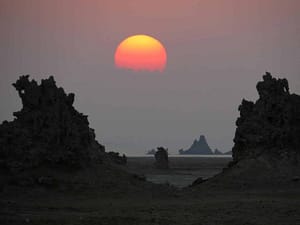
On the trail between Dikhil and Abbé Lake, we can see Pelzen gazelles and warthogs.
At the end of the afternoon we will see the flocks return.
On the morning of the second day, we'll watch the sun rise over the chimneys. We'll see the hot springs and get up close to the pink flamingos. Then we'll head off to Lake Assal. We'll be back in Djibouti city by late afternoon.
For the detailed program of 2 days, see the circuit «2 days at Abbé Lake and Assal Lake»
https://africa-horn-travel.com/circuits/2-jours-au-lac-abbe-et-au-lac-assal/
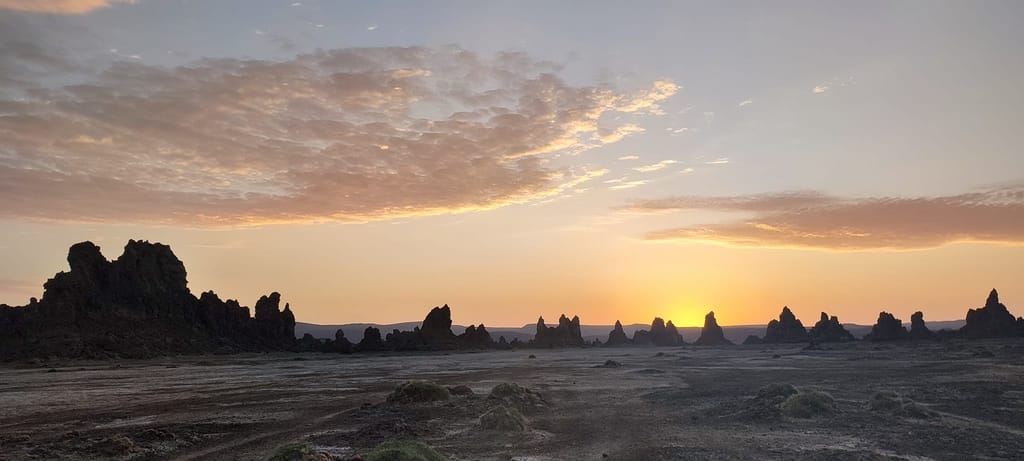

1 day lac Abbé or lac Assal tour
Visiting only one of the 2 lakes on a single day is possible. However, for Abbé Lake, given the length of the trip and the interest of watching the sunrise and sunset, it is recommended to take 2 days including one night on
There are no campsites at Lake Assal; however Africorne Travel, can organise a bivouac on site to spend the night, in order to enjoy the sunrise show the following morning, and hike to Ardoukoba volcano (with or without approaching the volcano in a 4×4 vehicle).


1 or 2 days Lac Abbé Tour
The Abbé Lake is one of the must-see sites of the Republic of Djibouti. But it is worth it; it takes 5 hours of 4X4 to reach its shores, 80 kms of which are made on the track that crosses the villages of As Eyla and Koutabouya.
The reward is there! You are here on another planet! The lunar landscapes of Abbé Lake were used as scenery during the shooting in 1968 of the first version of the film «La Planète des Singes» from the eponymous novel of Pierre Boulle. This rumor is false, but when we arrive on the site, we understand that we can give him credit!
The border between Djibouti and Ethiopia runs along the best part of Lake Abbé. The shores of the lake stretch as far as the eye can see and are surrounded by a multitude of limestone chimneys, some of which can reach 50 metres in height.

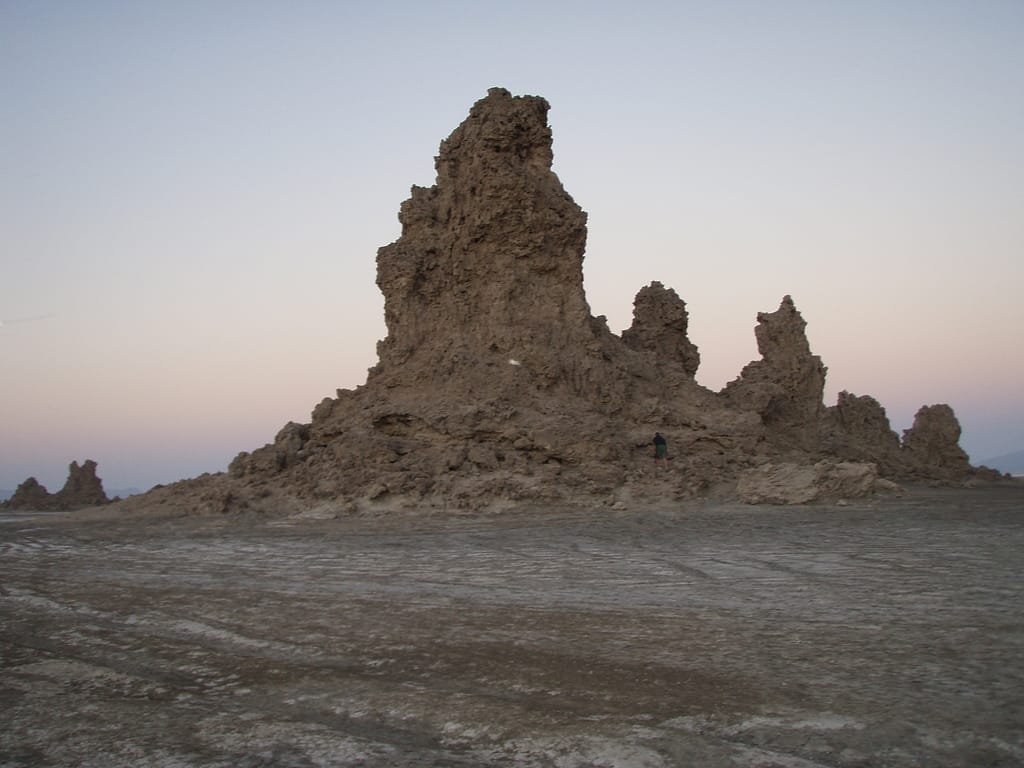
The sulphurous scents of the fumaroles escaping from the top of some of the chimneys, and the boiling springs of water, have given the lake its name. In fact, Lac Abbé means "rotten lake". This smell is due to the fact that Lake Abbé is fed by the Ethiopian river Awash, whose waters are diverted upstream into marshes by the Dama Alé volcano. The dam built on this river to irrigate cotton crops is one of the causes of the retreat of the banks of Lake Abbé...


The sunrise and sunset in the middle of these chimneys is an unforgettable sight.

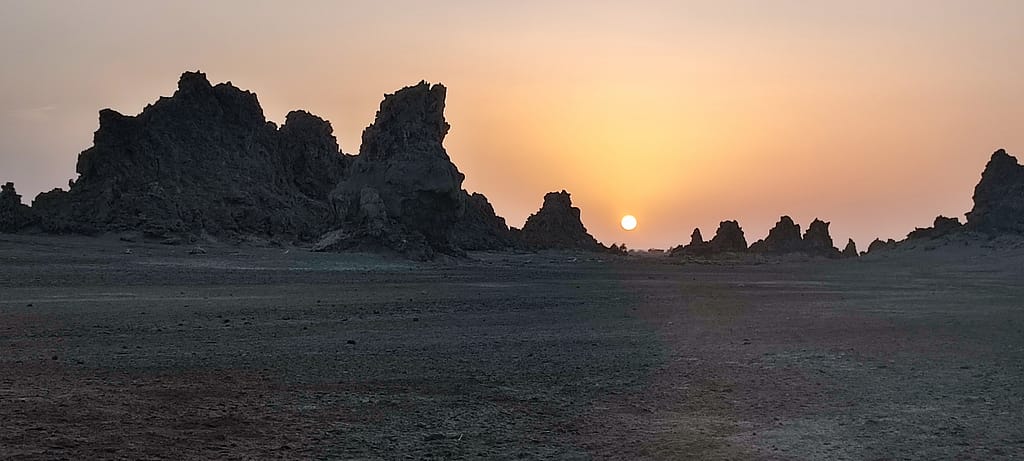
It is strongly recommended to be accompanied by a guide to make the journey to Abbé Lake and to walk around it; indeed, it is necessary to avoid getting too close to the hot springs whose surroundings are moving, like many places of the shores of the lake; the vehicle’s slump is a definite risk.
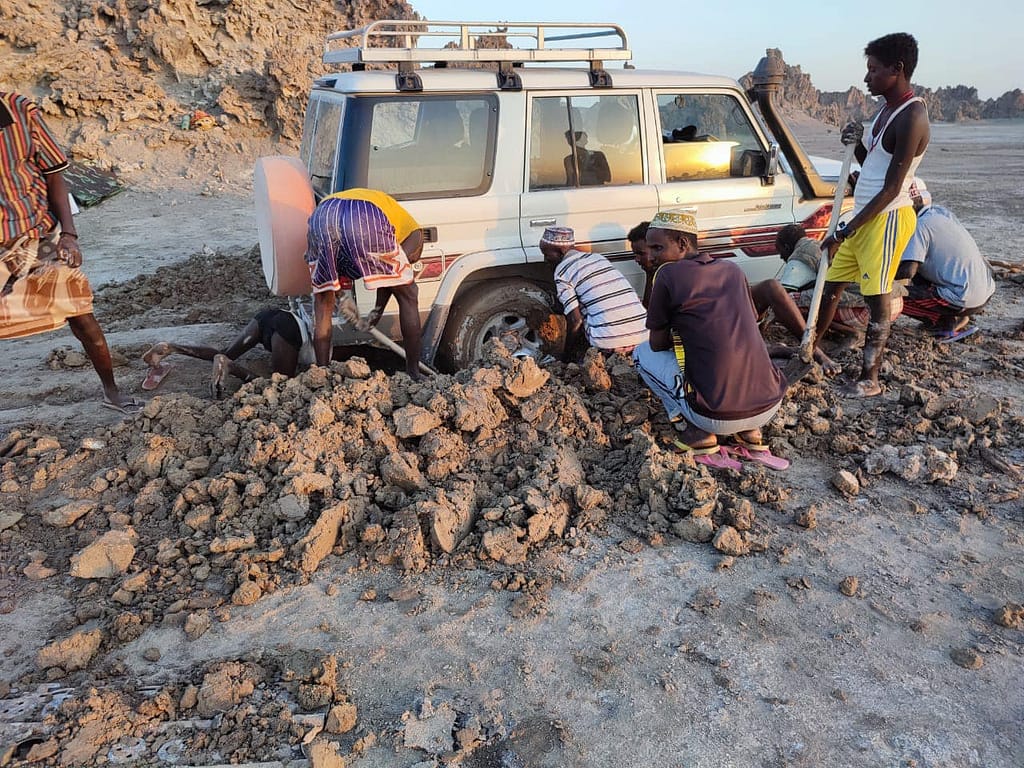

Lac Abbé is an important place for the nomadic populations of the surrounding area, who bring their herds of sheep and goats to the grazing areas of the lake every day after sunrise. The donkeys, for their part, know the route and travel in unaccompanied procession to the grassy areas of the lake every morning, returning once the sun has set.


Dromedary caravans are common in the area.


Naturally, wild animals are regular guests at the lake. Warthogs, jackals, foxes, ibises, ducks, etc. are often seen here. Hyenas are also present, but it is rare to catch a glimpse of them.


The flamingos are faithful to the daily morning appointment; the approach must be silent in order to photograph them as closely as possible… but these “annoying” animals don’t always deign to fly away for the final group photo…
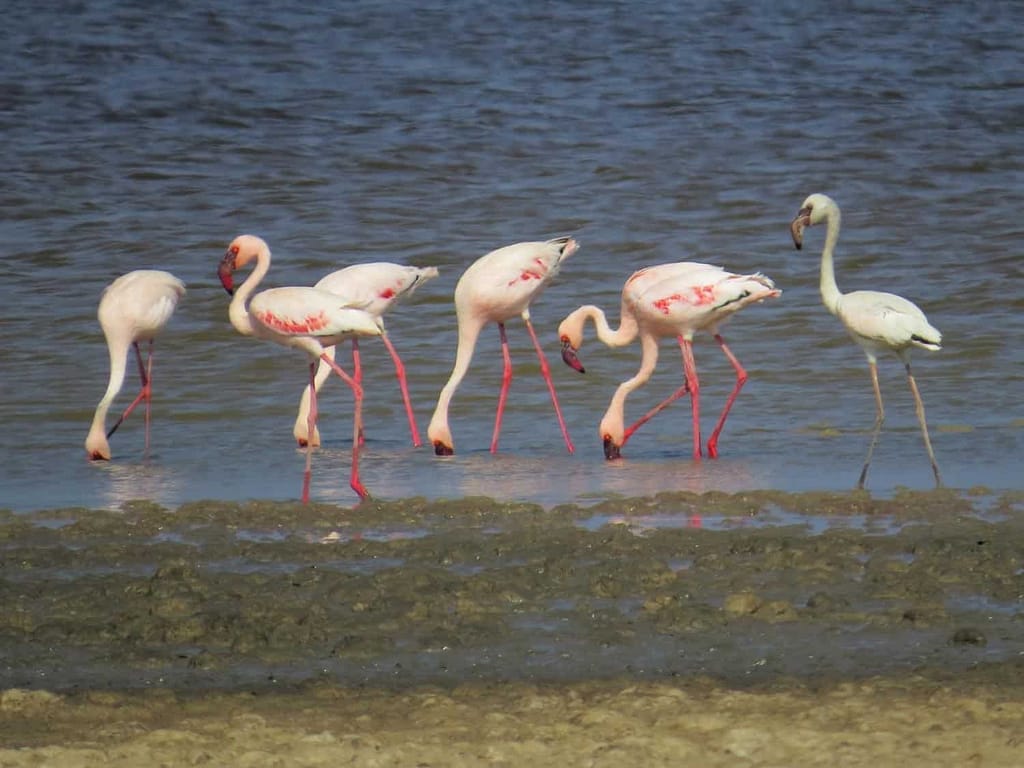

Like many other bodies of water around the world, Lake Abbé appears to be in danger. 9,000 years ago, it covered the entire Gobaad area, which explains why fossilised shells can be found far from its shores today. In 1939 it covered more than 550 km2, whereas today its surface area has been reduced to less than 150 km2.
1 Day lac Assal Tour
Lake Assal is the saltiest lake in the world after the Dead Sea and Lake Tiberias, with over 330 grams of salt per litre of water. This crater lake lies 157 metres below sea level, making it the lowest point on the African continent (and the third lowest in the world).


The lake is supplied with seawater by an underground tunnel dug by the rift fault. In some places, especially on the north-east side of the lake, rare sources of fresh water arrive from the mountain; these areas are marked by the grasses that grow there; indeed, elsewhere, no animal or plant organism can survive in Lake Assal and on its banks.
The constant supply of salt water, combined with the very high evaporation rate due to the intense ambient heat, explains why salt has been mined here for hundreds of years, and why the salt resource is inexhaustible, provided that it is mined in accordance with the natural cycle.
The few inhabitants of this inhospitable place, «harvest» to sell them in bags, salt logs of different sizes produced by the lake. They dive into the waters of the lake, various objects including goat skulls; after several days spent in the water, they are covered with a layer of salt and are sold to the rare tourists passing through.


The legendary beauty of the site is breathtaking (not just because of the often strong winds).
Indeed, the salt crust surrounding the lake, which is sometimes 60 metres thick, is of a whiteness that explains the name of the “pack ice” given to it. This whiteness contrasts with the shades of blue of the lake, and the surrounding black lavas. This is why the adventurer-writer Joseph Kessel described the «3 circles of colour» characterizing Assal Lake.

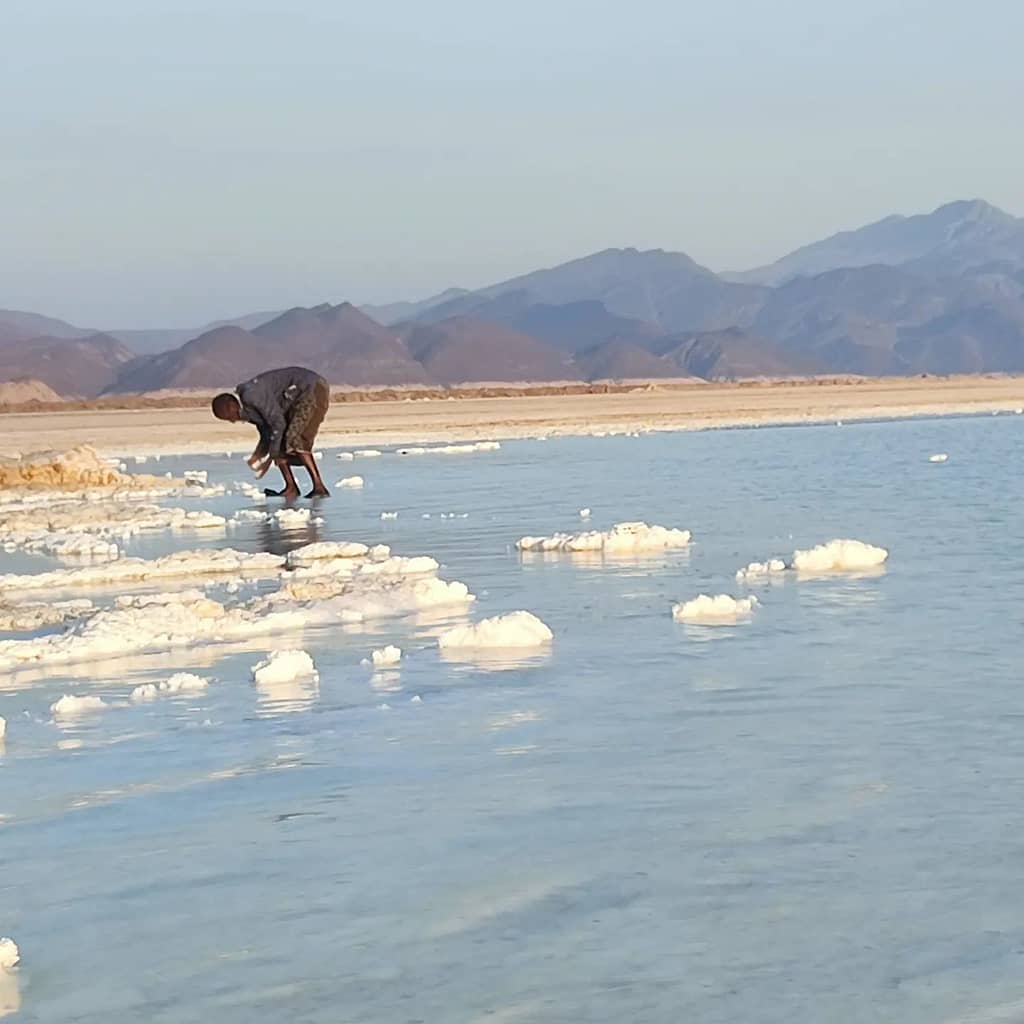
With a bit of luck, you will come across a caravan of dromedaries here, transporting the salt still harvested at Assal Lake according to ancestral rudimentary processes: the salt crust is drawn, then reduced into small pieces before being «packed» per bag of 25 kg, attached on the back of dromedaries, at the rate of 6 bags per beast.


If you feel like it, you can swim and see the buoyancy of the water due to its salt density, taking care to avoid the spray on the face in turbulent sea; we ship fresh water for the mandatory shower and we provide the necessary plastic shoes to avoid injury on hard and sharp salt crystals.



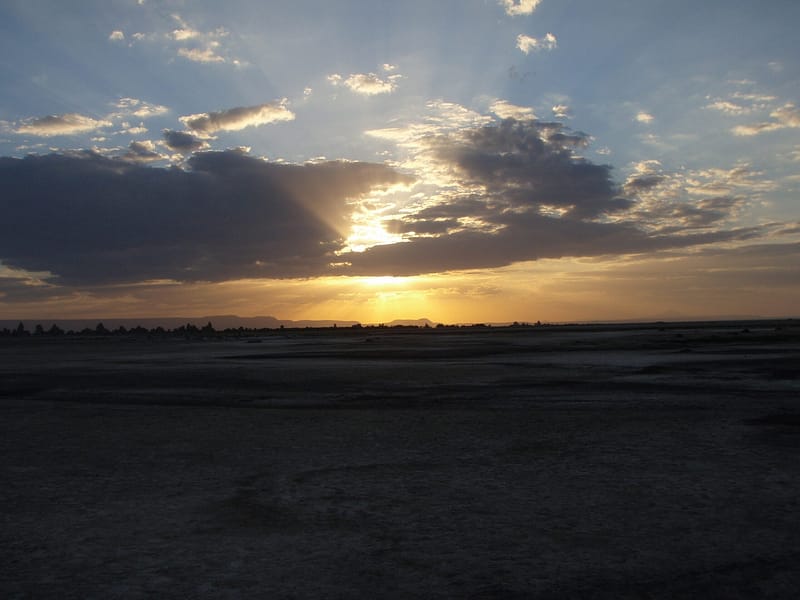
8 responses
Hello,
Nous envisageons un passage à Djibouti fin mars et nous cherchons à faire un circuit de 3 jours (28 au 30 mars), peut-être vers le lac Abbé. Quel circuit pourrez nous convenir et quel budget prévoir ?
Merci de votre réponse,
Gabriel
Bonjour Gabriel.
Je vous ai fait une proposition de programme sur votre messagerie.
Hello there
I would like to go to 2day lake abbe and lake assal
This tour is including ardou Koba volcano?
How much is tour fee and can I make a reservation for 29/September
For 1 person
Please reply to me as soon as possible
Thank you
Kimiko
Hello Kimiko,
I have answered your request to the address of your e-mail.
Best regards.
Alain
Two people interested in the 2 day trip November 20/21. What are the facilities used for the overnight stay? What would the cost be?
Hello Kent,
I’ll send you a message on your email in a few minutes.
Best regards.
Alain
Hello
je voudrais connaitre le cout d une visite au lac abbe,ainsi que le prix pour les 2 lacs.
Hello
Le lac Abbé se fait sur 2 jours avec une nuit au campement du lac Abbé.
Le prix tout compris est de 540 dollars.
L extension avec lac Assal au retour également sur 2 jours est de 630 dollars.
Mon adresse mail est alaingorce974@gmail.com